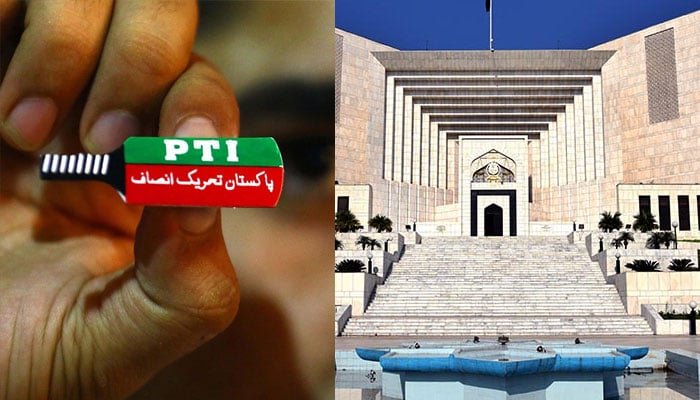In recent political developments in Pakistan, significant shifts have occurred within the ranks of the ruling party, Pakistan Muslim League-Nawaz (PML-N), and its leader, Nawaz Sharif. Initially, PML-N and Nawaz Sharif had adopted a confrontational stance against the establishment and the judiciary. In a video address, Nawaz Sharif hinted at a conspiracy to dismantle his government, implicating former army chief General Bajwa, former ISI chief General Faiz, former Chief Justices Saqib Nisar and Asif Saeed Khosa, as well as future Chief Justice Ijazul Ahsan in a plot to remove him from power in 2017. This narrative indicated a potential clash between Nawaz Sharif, his party, and the military and judiciary once again.
However, the situation swiftly evolved. Nawaz Sharif’s recent video statement, wherein he distanced himself from seeking revenge and instead emphasized focusing on economic agendas for the betterment of the nation, marked a surprising turn. His assurance to cooperate with the current state of affairs indicated a willingness to re-enter the political arena without antagonizing the military and judiciary. This shift in narrative not only raised questions about the future political landscape but also put the Pakistan Tehreek-e-Insaf (PTI) and its leader, Imran Khan, in a challenging position.
Imran Khan, who himself has faced legal challenges, especially in cases like the Safdar Awan incident, is navigating precarious waters. His ambition to strengthen ties with the military clashes with the PTI’s vehement anti-military rhetoric. The party’s leadership needs to promptly address this inconsistency to maintain credibility. Moreover, Imran Khan’s political standing could be significantly affected if Nawaz Sharif successfully manages to re-enter Pakistani politics without facing significant opposition from the military establishment.
In this volatile scenario, the title of “Political Dynamics and Power Play in Pakistan: Navigating a Complex Landscape” aptly captures the intricate web of politics, power struggles, and changing alliances that define the country’s political landscape. The fluidity of these dynamics demands astute maneuvering and strategic decisions from all political players, emphasizing the importance of adaptability and responsiveness in Pakistani politics.



